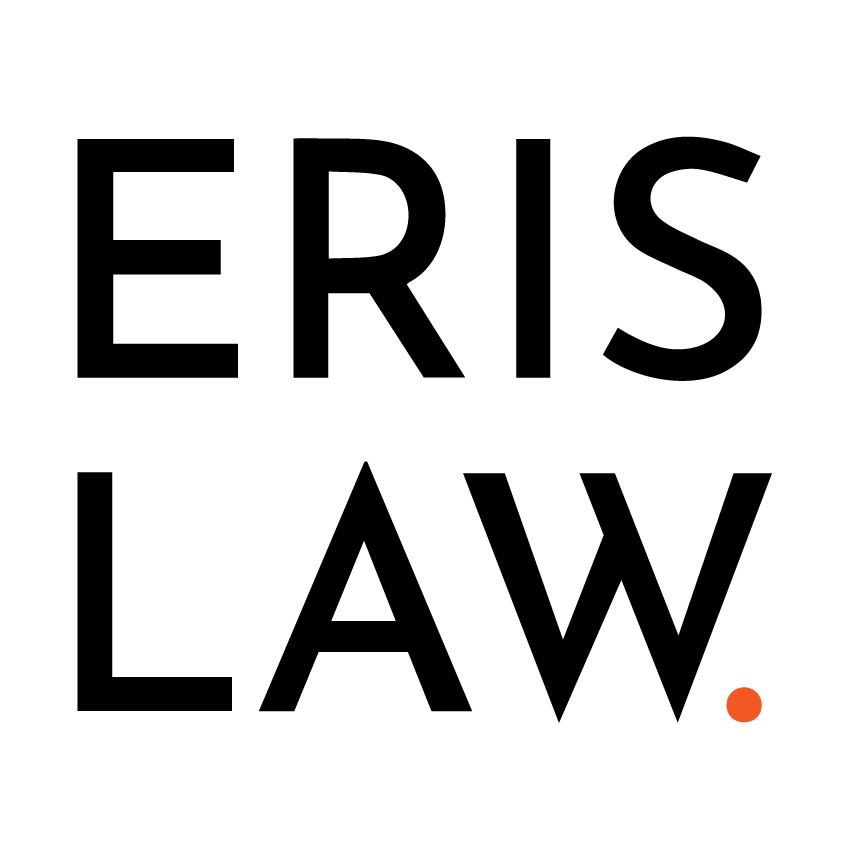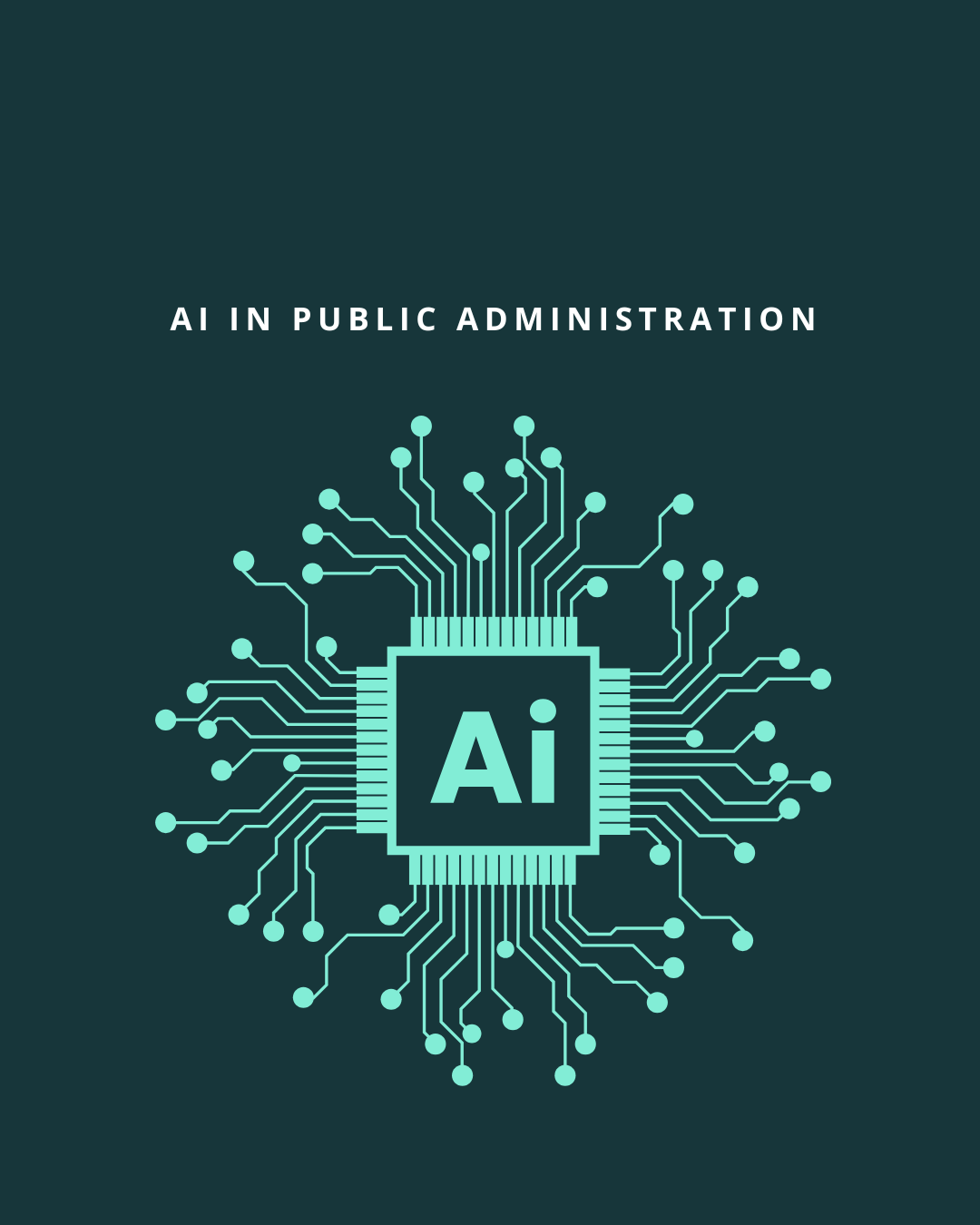The adoption of Artificial Intelligence (AI) in public administration has rapidly increased, transforming the efficiency and effectiveness of government services. AI systems offer automation, predictive analysis, and enhanced decision-making capabilities. However, their integration into public administration raises significant legal and ethical concerns, including data privacy, algorithmic bias, transparency, and accountability. This article explores the legal frameworks, governance mechanisms, and regulatory standards governing AI in public administration, with a particular focus on the European Union and Sweden.
Legal and Policy Landscape of AI in Public Administration
1. The European AI Act
The European Union introduced the AI Act in 2024, establishing a legal framework for AI governance. The Act classifies AI systems based on risk levels—minimal, limited, high, and unacceptable risk. High-risk AI systems, particularly those used in public administration, must comply with strict requirements, including risk management, transparency, and human oversight. Compliance will be ensured through a quality management system and conformity assessments before market placement.
2. Harmonized Standards for AI Compliance
Harmonized standards are being developed by European standardization organizations (CEN and CENELEC) to support compliance with the AI Act. These standards provide legal certainty and ensure that AI systems adhere to EU principles of safety, human rights, and accountability. By August 2026, high-risk AI systems must align with these standards to gain legal presumption of conformity.
3. Swedish AI Strategy and Governance Approaches
Sweden’s National Approach for Artificial Intelligence, introduced in 2018, emphasizes education, research, innovation, and infrastructure development. The Swedish government has implemented AI competency programs in universities and established AI Innovation of Sweden, a national center for applied AI research. Additionally, Sweden has developed specific guidelines for the use of generative AI in public administration, promoting efficiency while ensuring ethical considerations.
Governance and Ethical Considerations
1. Competences and Governance Practices in Public Administration
Effective AI governance requires a structured approach to competences and governance mechanisms. A report by the European Commission’s Joint Research Centre outlines essential AI-related competences for public sector employees, including technical skills, managerial oversight, and legal understanding. The governance framework includes procedural, structural, and relational practices necessary for AI adoption in government agencies.
2. Ethical AI Use in Public Decision-Making
Public administration must ensure that AI-driven decisions uphold ethical standards, including fairness, accountability, and transparency. AI bias and discrimination must be mitigated through rigorous testing and continuous monitoring. Sweden’s guidelines emphasize that AI applications in government services should align with democratic values and human rights principles.
3. Transparency, Accountability, and Trust in AI Adoption
Public trust in AI requires clear regulatory frameworks that ensure transparency and accountability. The European AI Act mandates explainability requirements for high-risk AI systems, ensuring that decision-making processes remain interpretable and contestable. Additionally, Sweden’s public sector AI initiatives include mechanisms for citizen participation in AI governance.
Regulatory Challenges and Best Practices
1. Addressing Bias and Discrimination in AI
AI models trained on biased datasets can perpetuate systemic discrimination. Governments must implement bias detection mechanisms and adopt fairness-aware algorithms to mitigate such risks. The European Commission recommends the use of diverse datasets and continuous auditing of AI systems.
2. Implementing AI Risk Management Frameworks
The AI Act establishes mandatory risk management protocols for high-risk AI system. These protocols include impact assessments, documentation requirements, and independent audits. Sweden has developed regulatory sandboxes, allowing AI systems to be tested in controlled environments before full-scale deployment.
3. Ensuring Cybersecurity and Data Protection Compliance
AI systems in public administration must comply with data protection laws such as the EU General Data Protection Regulation (GDPR). The AI Act introduces additional cybersecurity measures, including requirements for robust data governance, logging, and traceability. Sweden’s AI strategy incorporates privacy-preserving AI techniques to enhance security while ensuring compliance with regulatory frameworks.
Expanding the Legal and Regulatory Landscape
1. Comparative Analysis of AI Regulations in Other Jurisdictions
Beyond Europe, various jurisdictions have implemented AI regulatory frameworks. The United States follows a sector-specific regulatory approach, emphasizing voluntary AI governance guidelines. China, on the other hand, has adopted strict AI governance policies focusing on national security and social stability. The OECD and G20 have also proposed AI principles that align with European efforts, focusing on human-centered AI and ethical considerations.
2. Judicial and Legal Precedents in AI Regulation
Court rulings on AI-related cases set critical legal precedents. Cases involving AI discrimination, intellectual property, and liability have shaped the evolving legal landscape. For example, the European Court of Justice has ruled on GDPR-related AI cases, reinforcing principles of data protection and algorithmic transparency.
3. AI and Public Procurement Laws
Governments are increasingly integrating AI into public procurement processes. However, procurement laws must address transparency, competition, and accountability. The EU’s Public Procurement Directive includes provisions for AI procurement, ensuring compliance with ethical and legal standards.
Recommendations and Future Directions
1. Strengthening Regulatory Mechanisms and AI Oversight
Governments should establish independent AI regulatory bodies to oversee compliance with legal and ethical standards. These bodies should be empowered to conduct audits, enforce penalties, and ensure continuous improvement of AI governance frameworks.
2. Building AI Capacity in Public Administration
AI adoption in the public sector requires investment in AI literacy programs and workforce training. European initiatives such as the Public Sector Tech Watch Observatory support knowledge-sharing and competence-building among government agencies.
3. Balancing Innovation with Legal Constraints
While regulation is crucial, overly restrictive laws may stifle AI innovation. A balanced approach that encourages AI experimentation while safeguarding public interest is necessary. Regulatory sandboxes, as adopted in Sweden, provide a flexible environment for AI testing under government supervision.
Conclusion
The integration of AI in public administration presents significant opportunities and challenges. Legal frameworks such as the European AI Act and Sweden’s AI strategy establish crucial governance structures to ensure ethical, transparent, and accountable AI deployment. However, continuous adaptation of regulatory mechanisms is essential to address evolving risks and technological advancements. By fostering collaboration between policymakers, technologists, and civil society, governments can achieve a responsible and effective AI-driven public administration.

